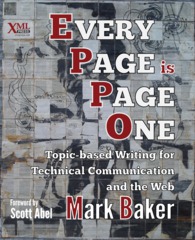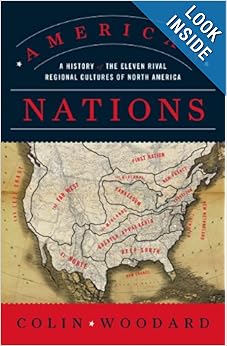You never really understand a person until you consider things from his point of view — until you climb into his skin and walk around in it.
–To Kill a Mockingbird, Atticus Finch
These aren’t purely my thoughts. I’m sure I read something somewhere that sparked them, but I don’t have a link or citation, so I’m just being honest that I am not the source of all that I have written here, although I am using my words. Oh, and great book.
I’ve been thinking about this. I love the idea and I will always strive to learn about and understand other’s perspectives. But, I feel inadequate, like if I am to be honest, I really cannot do this. Not completely, anyway.
No matter how hard we try, we will each still see things with some skewing from your own perspective. We can never really know what it’s like to be that other person.
When you hear, see, or experience other people’s lives you may try to put yourself in their shoes and consider how you would deal with life as it has been dealt to them. That is noble.
However, it is impossible for us to actually do so. We hear, see, and experience things differently and our history and emotional, spiritual, mental, and intellectual makeup and status affect that. We each create our own reality based on our experiences filtered through all those layers of what we call self.
You can live with someone your/their whole life but that doesn’t mean you really understand their perspective. You may know intimate details or have a pretty good idea of what the other person is likely to think or do in certain situations based on past responses and patterns of behavior, but that is not really the same thing.
No matter how much we think we do, we are unable to climb fully into the mind and perspective of someone else. We are all made up of our perceptions, experiences of success and failures, societal programming, genders, and more. Humans are complex
To fully grasp another person’s perspective in its purest form we would have to wipe clear all of who we are and then copy over to ourselves who the other person is. It is not possible to eliminate our biases this way.
I’m starting to think that we can never really climb inside someone else’s skin, but we can hope to acquire a better understanding. The attempt is worth the effort, even if it can never be complete. We can learn to walk beside someone else. We can attempt to see things from their perspective. In doing so, we each hope we gave and gained something from it, drawing each of us a little bit closer to the other.

